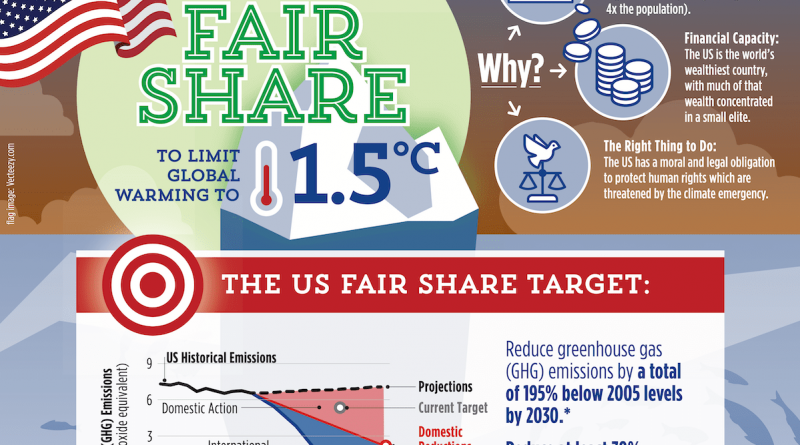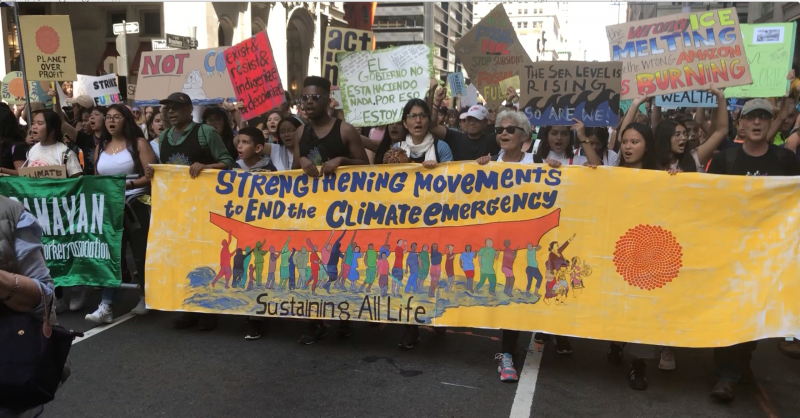Some recent climate news items seem particularly noteworthy. I’ll start with some bad news, but I promise some encouraging items in the remainder of this post.
For thousands of years prior to the Industrial Revolution, the atmosphere held about 280 parts per million of carbon dioxide. (From studying air bubbles in ancient ice scientists have determined that for most of the last 800,000 years carbon dioxide levels were even lower than that.) Once humans started burning fossil fuels at the beginning of the industrial age, the carbon dioxide level started rising. The news item is that in May the global level of carbon dioxide in the atmosphere reached a new dangerous high–50% higher than the pre-industrial level.
This undesirable benchmark is particularly problematic because carbon dioxide stays in the atmosphere for 1,000 years or more. Worse yet, the average rate of increase is faster than ever. Carbon dioxide (and other greenhouse gases) in the atmosphere are the primary cause of climate change and all its harmful effects.
Also in May, the International Energy Agency (IEA) issued a landmark report. The IEA has traditionally ….
Read more






